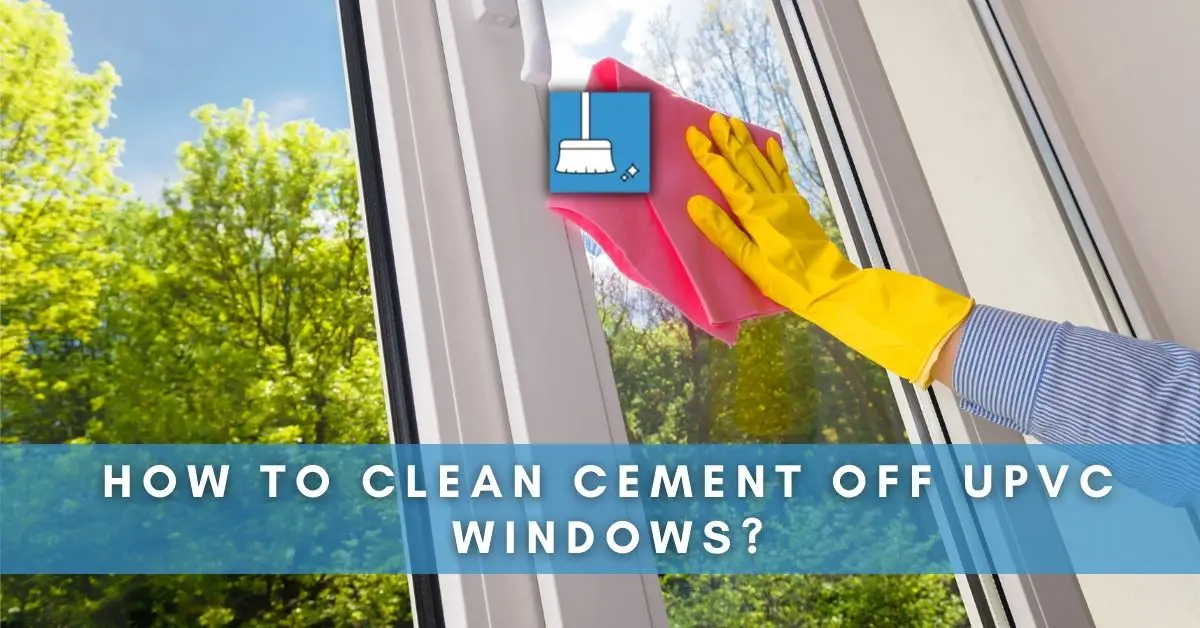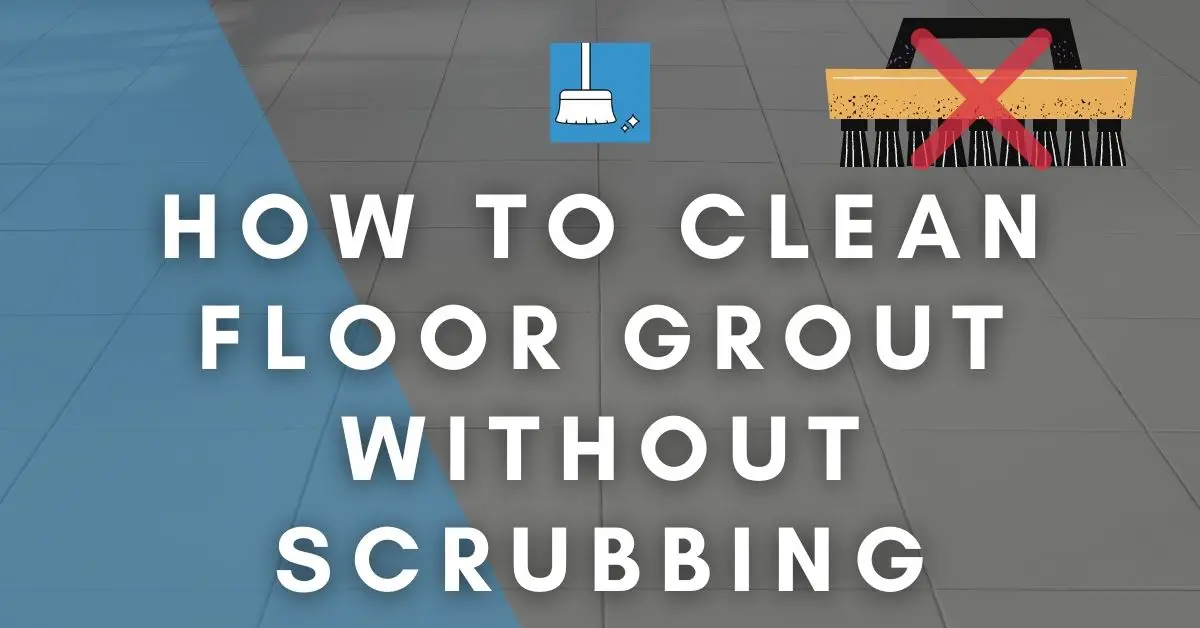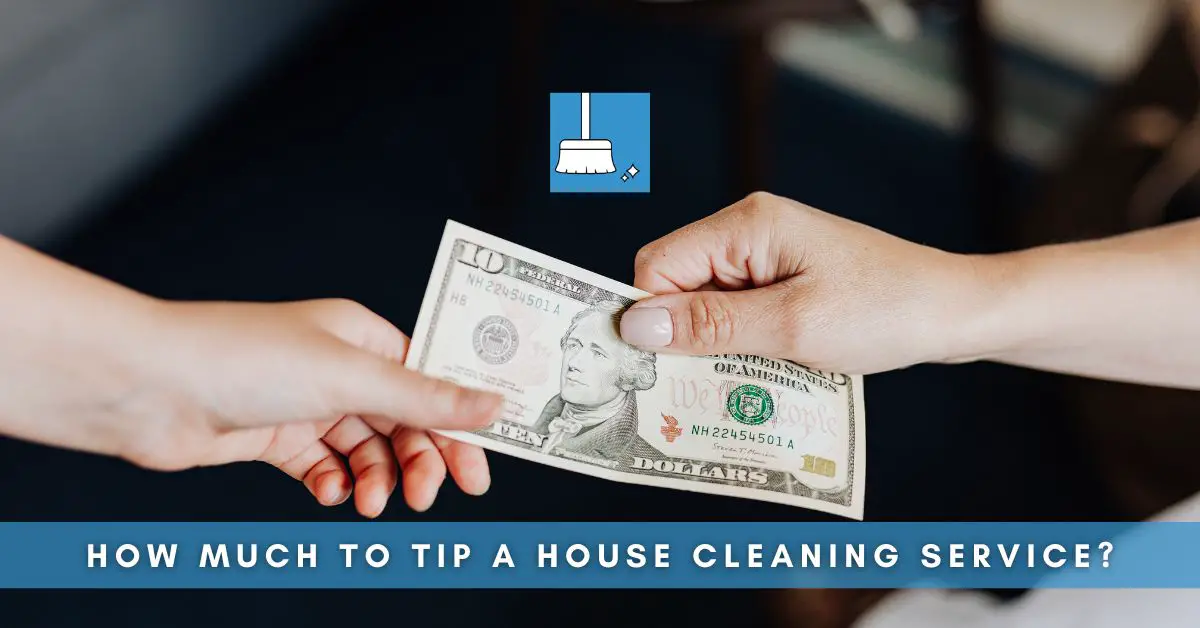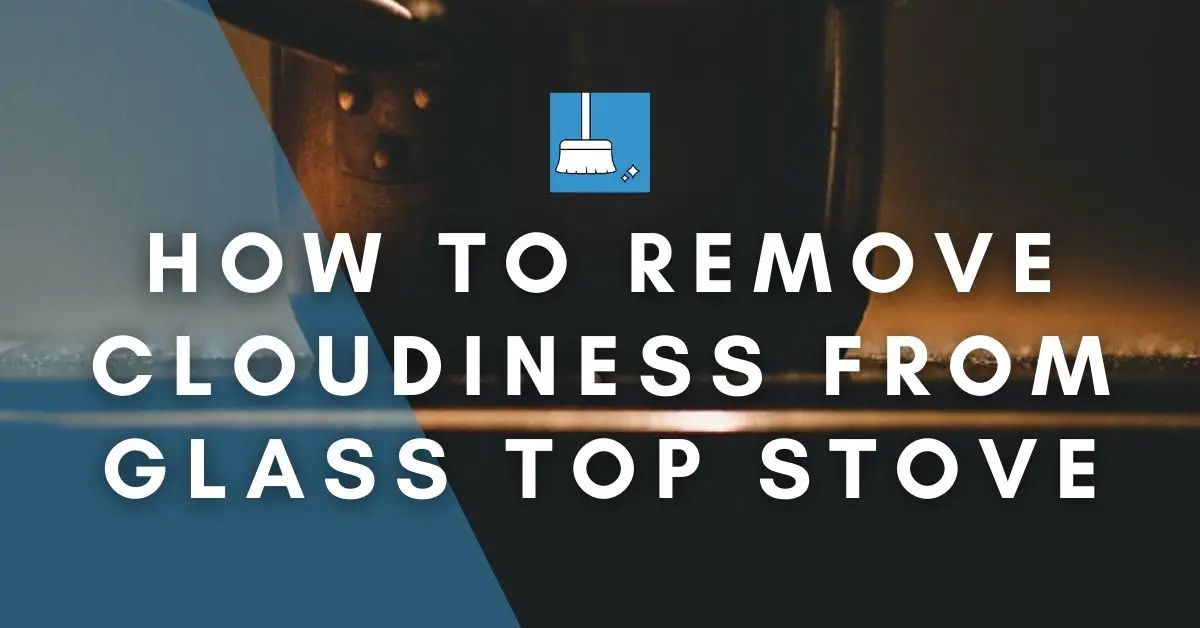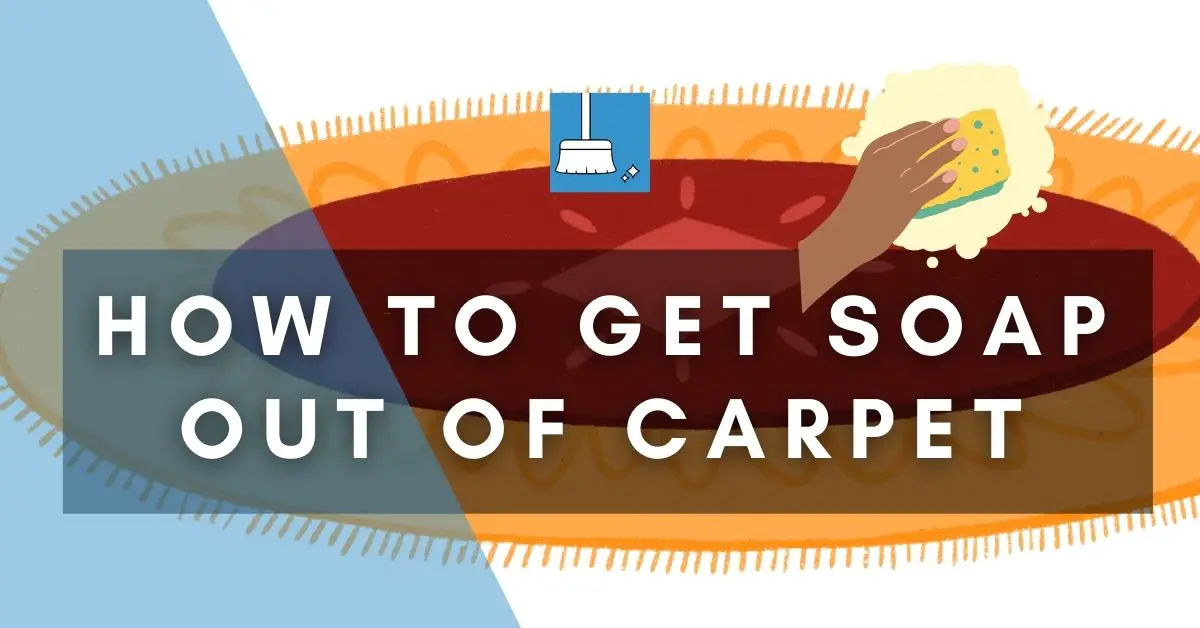During DIY construction or renovation, you may have accidentally splashed some cement on your UPVC window. Unfortunately, you did not catch this earlier, and now you have a nightmare on your hands – dried cement stain on your windows.
In the same spirit of DIY, you now have to get rid of these stains. Getting rid of the cement without prerequisite knowledge may do more harm than good. You could end up damaging your window or, worse, hurting yourself.
This article will teach you different non-stressful methods of safely getting dried cement off your UPVC window without leaving a trace.
How to Clean Cement From Upvc Windows (4 Methods)
Method 1: Soaking With Hot Water and Scraping Off
Cement minimally binds to uPVC surfaces due to their smoothness, so with this simple trick, you should be able to get it off.
This method is pretty straightforward and does not require any special equipment. However, it will work better if the cement you are trying to remove is in specks rather than huge full-on smears.
YOU’LL NEED
1- Hot water
2- Garden hose or spray gun
3- Window scraper
4- Thick rubber gloves
5- Soap
STEPS
STEP 1: Before starting anything, you should hose down your window. This will get rid of any wet or loose cement on it so that you can focus on removing the dried one.
STEP 2: Ensure you protect your hands and body well with thick rubber gloves since you are dealing with hot water.
STEP 3: Heat up enough water and pour it over the cement stains until the cement is covered completely. Cement absorbs water a lot, so it will get saturated and soften. You can add some drops of soap to the water if you like.
STEP 4: Try to do this when the sun is not out so that the sun’s heat does not dry the cement and waste your efforts.
Keep wetting the window with the water to saturate the cement. Cement has very tiny pores that absorb water, so it should soften if you keep wetting it.
STEP 5: After letting the cement absorb water, get your scraper and scrape the cement off. It should be relatively easy to scrape off. Be careful not to put too much pressure on the scraper to avoid damaging your window.
STEP 6: If you come across stubborn stains, wet them more and allow them to absorb more water, then scrape them off carefully.
STEP 7: Finally, hose down the entire window to remove the remaining specks and wash away the soap. You should use a hose instead of a cloth or brush to avoid damaging the glass.
Method 2: Wiping off With Concrete Dissolvers
With this method, you can clean more extensive dried cement smudges. It is also not labour-intensive since the concrete dissolver does most of the work. Some may be too harsh for your window surface, so make sure you buy one recommended for uPVC.
YOU’LL NEED
1- Soft sponge
2- Dissolver Chemical
3- Water
4- Garden hose or spray gun
5- Big bowl (optional)
6- Gloves
7- Face Shield
8- Microfiber wiping cloth
STEPS
STEP 1: When using a cement remover, safety is very crucial. So, make sure that you use all the appropriate safety gear. Wear gloves to protect your hands as the remover may be harsh on your skin.
Protect your eyes and avoid breathing it in as well.
STEP 2: If the cement remover comes in a spray bottle, spray some of it on a sponge. However, if it comes in the form of a liquid, read the instructions and, if necessary, dilute it with water.
STEP 3: Also, spray some directly on the cement on your window. Or dab some with the sponge all over the stains or smears on your window.
STEP 4: Allow the cement to soak in for some minutes as the manufacturer of your concrete remover recommends (usually 5-10). At this stage, if the chemical is good, the cement should have already started bleeding.
STEP 5: Take the sponge and gently pat off the cement stains. Be careful not to scrub hard so as not to damage your window with the rough cement particles as they come off.
STEP 6: Hose down the window after doing this to see how much cement is left on your window. If the stains are not that extensive, they should have come off by now.
STEP 7: If there is still some cement left, repeat steps 3-5.
STEP 8: Do a final hose down to thoroughly rinse off the removal chemical and wipe your window with a microfiber cloth to dry it if you like.
Method 3: Heated Vinegar & Scraper
Vinegar is a popular home product that has many uses when it comes to cleaning. It is effective but not as harsh as many other chemicals and may be just what you need to remove the cement on your uPVC window.
YOU’LL NEED
1- Vinegar
2- Water
3- Bowl
4- Soft sponge
5- Scraper
6- Water hose or spray gun
7- Gloves
8- Spray bottle (optional)
9- Microfiber cloth
STEPS
STEP 1: Mix half part vinegar and half part water in a bowl.
STEP 2: If you have a spray bottle, put this mixture in the spray bottle and spray on the cement stains on your window. If you don’t have a spray bottle, soak a soft sponge in the mixture and place the sponge on the cement stains on your window.
STEP 3: Do this for a while for the cement to get loose. After this, scrape off carefully with a scraper.
STEP 4: You can spray off with a spray gun. Your cement may or may not be completely gone at this point.
STEP 5: If some cement is remaining on the window, heat some pure vinegar. Let it get hot but not necessarily to the point of scalding.
STEP 6: Soak your sponge in the hot vinegar while wearing gloves. Then apply this solution to the remaining cement stains on your uPVC window. Do this for several minutes, up to 10 if necessary.
The cement should have come entirely off your window by now.
STEP 7: Spray the cement from your window and wipe it off with a soft microfiber cloth.
Method 4: Use a Blade
This is perhaps the most straightforward method of all. However, it is also the riskiest as a blade can quite easily scratch your window and deface it.
You should only use this method as a last resort. Also, make sure that you are very careful and stable when doing it.
YOU’LL NEED
1- A flat and sharp blade
2- Gloves (optional)
3- Rag or old cloth
4- Microfiber cloth
5- Water spray(optional)
STEPS
STEP 1: You may want to wear gloves to protect yourself for this cement removal method. This is because you will be working with a sharp blade that could cut you.
STEP 2: Be sure that your blade is sharp and smooth-edged. Your uPVC window surface should be flat as well.
STEP 3: Angle your blade sharply against your window so it is flat, and scrape carefully in the direction of the cement. You can do this with a knife blade, a razor scraper, or your average utility knife.
STEP 4: Be careful when doing this so that you do not accidentally get some cement under the blade and drag it along your uPVC window, as this will likely damage it.
STEP 5: For every scrape of cement, wipe the blade against a rag. You may hang the rag on your shoulder or neck so that you can easily wipe off your blade and keep scraping.
STEP 6: As you scrape, you may decide to intermittently spray some water on your window surface to remove the debris. If not, simply continue to scrape till all of the cement is off your window.
STEP 7: When you are done with the cement removal, you can use a microfiber cloth to dust off any remaining specks of debris and dry your window.
Is Cleaning a UPVC window Different From Other Types?
UPVC is an acronym for unplasticized polyvinyl chloride. It is a form of vinyl that is used interchangeably with vinyl and PVC (Plasticized vinyl chloride). There is actually a difference between UPVC and PVC.
UPVC does not contain certain chemicals that are in PVC, called plasticizers. This makes PVC much more flexible than UPVC.
This lack of flexibility of UPVC makes it sturdy and a popular candidate for making things like windows and doors. uPVC windows are typically double glazed window frames.
UPVC Windows vs. Aluminium Windows
Both UPVC windows and aluminium windows are easy to maintain. Some water with mild soap is enough to keep your UPVC and aluminium windows clean. You can also use non-abrasive cleaning agents to clean both.
The significant difference is that aluminium windows need to be dried correctly to avoid rusting, unlike UPVC. However, if you properly maintain an aluminium window, it would outlast a UPVC window.
UPVC Windows vs. Vinyl Windows
There is no difference between vinyl material and UPVC material. UPVC and PVC are just different types of vinyl materials. Vinyl windows should have their glass cleaned regularly.
Glass cleaner and a microfiber cloth will do the trick. An occasional clean with mild dish soap and water for the frame will do the trick of keeping it as good as new.
UPVC Windows vs. Wooden Windows
People generally choose wood over UPVC because of maintenance. Wood indeed requires more specialist care than UPVC, like retreatment and repainting.
However, most of this specialist care is only required about once in many years(as much as 10 for repainting if you purchase wooden windows from some modern high-tech manufacturers).
If properly cleaned and maintained regularly, wooden windows generally considerably outlive UPVC.
Conclusion!
Cement is much easier to wash off when it is still wet. So the next time you do some DIY renovation, remember to quickly clean the cement from your UPVC window to avoid more stress later on.
But if you’re just too tired to clean it when it’s wet, or perhaps, you are not even the one that left the cement on your window, it’s fine too. Simply follow any of these methods we have explained above carefully, and you’ll get that cement stain right off.

